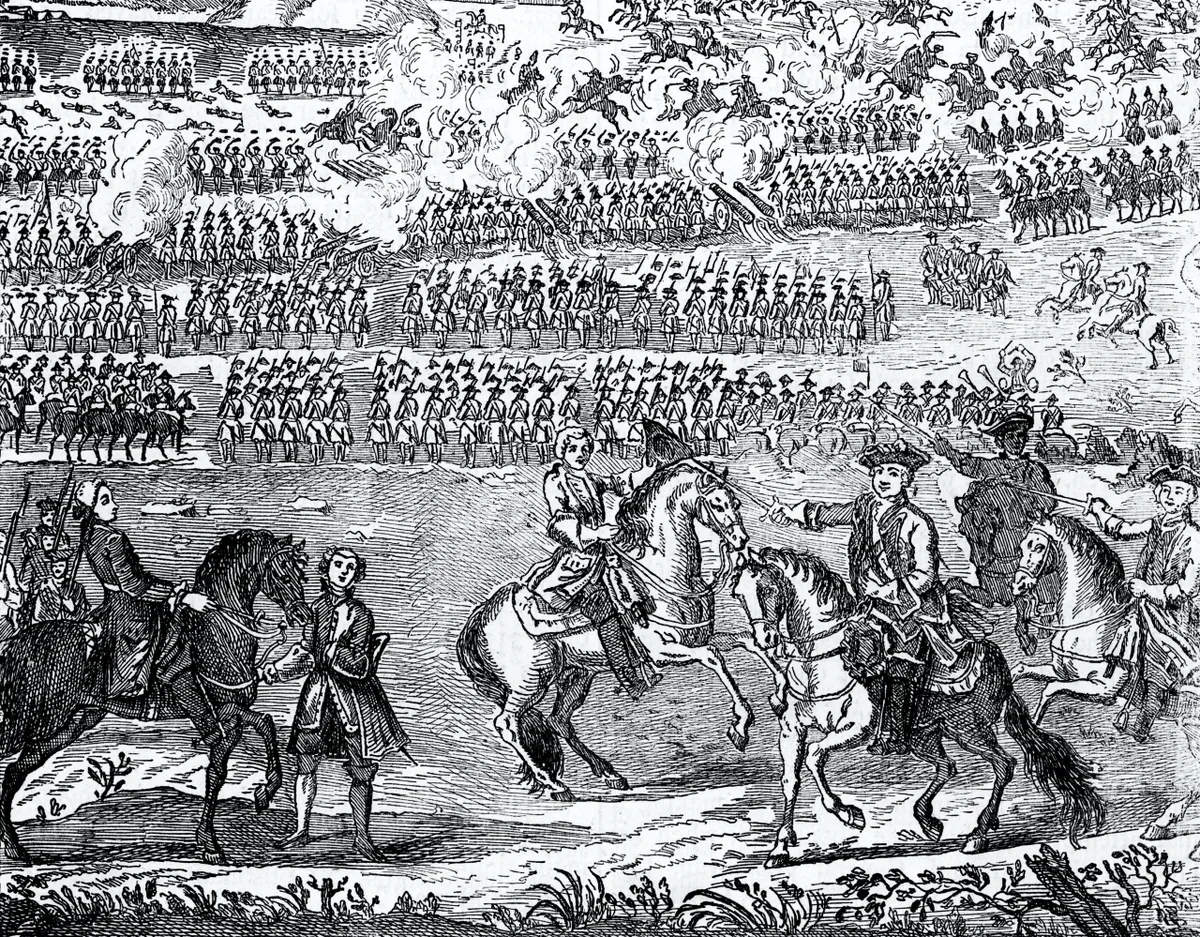What were the Highland Clearances?
Known as Fuadach nan Gàidheal in Scottish Gaelic (Gàidhlig), the ‘Expulsion of the Gael’ (ie Gaelic-speaking people) or the Highland Clearances is arguably one of the greatest violations that Scotland every committed against itself. The rapid forced depopulation of the Highlands in the 18th and 19th centuries led to mass emigration and extensive damage to traditional Highland life.
Why did the Highland Clearances happen?
When Scotland and England politically united in 1707 to form the nation state of Britain, the Gaelic-speaking Highlands and Islands were still regarded as something of another land by Lowland Scotland, not least because it was deemed to be entrenched with Jacobitism. When the Jacobite rebellion led by Bonnie Prince Charlie was finally crushed at Culloden in April 1746, a huge road-building programme commenced to ensure the more rapid deployment of British troops to prevent possible future insurrections, while many clan territories were forfeited to the Crown. The Highlanders were a clan-based people, their fealty given to chiefs from whom protection was sought in return. Under the 1746 Heritable Jurisdictions (Scotland) Act, many clan chiefs were stripped of their traditional rights, including the right to call their men to arms, but were allowed to continue to collect rents. In addition, the ‘Disarming Acts’ (not repealed until 1872) made it illegal for Highlanders to carry weapons, or to wear tartan or any aspects of Highland dress. The use of Gàidhlig was also discriminated against, with efforts taken to ‘civilise’ the region through the promotion of English in schools.

However, many Highland chiefs had already begun to consider themselves as lairds (landlords) prior to Culloden, with some having removed themselves to society life in Lowland cities and even to England. Their absentee lifestyles required money, and as demand for sheep increased across Britain they saw an opportunity for increased profits. Rents were raised on their estates, those unable to pay emigrated, while others were relocated to cities and coastal areas to seek alternative employment. Remaining inhabitants had no security of tenure, now being treated as ‘tenants’ rather than kinsmen within their ancestral settlements.
When were the Highland Clearances?
The first Clearance occurred on the Isle of Skye in the 1730s, and then at Balnagown in the 1760s under Admiral John Lockhart-Ross. In 1782, Marjory Grant, wife of Duncan MacDonnell, the 14th chief of the clan, leased land on the Glengarry Estate to a sheep farmer. Five hundred of her tenants were evicted and transported to Canada, joining hundreds who had already been forced to emigrate. Her son Alexander, as 15th chief from 1788, later continued the evictions.
In Ross-shire in 1792, 400 inhabitants of Strathrusdale swore revenge after cows owned by members of the Ross clan were impounded, for having stepped onto a sheep way operated by two Cameron brothers from Lochaber. The cows were retrieved in a raid, followed by 200 farmers then driving 10,000 sheep from Easter Ross and Sutherland towards Beauly in Inverness-shire. Troops were dispatched from Fort George north-east of Inverness to seize the organisers, with five leaders arrested and convicted, although they escaped. The year 1792 is still known as Bliadhna nan Caorach, the ‘Year of the Sheep’.
On the lands of the Duke of Sutherland, homes were torched on the authority of the estate manager or ‘factor’. Elsewhere, in islands such as Harris, huge kelp fisheries had been created by the end of the 18th century. When the industry collapsed, the land was cleared of tenants incapable of paying the high rents, and they were replaced with people who could. And 30 families in Scarista were cleared to make way for a sheep farm in 1828. These expulsions continued throughout the terrible famine of the 1840s, and in some places as late as the 1870s.
The Church of Scotland, as the state church, was later condemned by many victims. John McLeod, a witness to the Strathnaver Clearances in 1814, later stated of the ministers that “the oppressors always appealed to them for sanction and justification, and were not disappointed”. On 24 May 1845, 88 people within 18 families were forcibly cleared from Glencalvie in Easter Ross, accepting their desperate situation as God’s will. With nowhere else to go they sheltered in the yard of nearby Croick Kirk, refusing to enter the building out of respect.
Despite prominent campaigns by both The Times and Free Church of Scotland ministers within The Scotsman, the eviction was not repealed. If you visit the kirk today, graffiti scratched by the tenants into the glass of the windows can still be read, including the words “Glencalvie the wicked generation”.
Many of the dispossessed sought to carve out a living as crofters on poor soil lots in coastal communities. By the 1880s rent strikes commenced and land raids began to be enacted to reclaim traditional lands by way of retaliation. A royal commission chaired by Lord Francis Napier was set up to address the crofters’ grievances in 1883, and recorded the testimonies of thousands of Highlands and Islands folk. The resulting first Crofters Holdings (Scotland) Act was passed in 1886, finally granting some security of tenure for the much-diminished population, putting a final end to the Clearances.
